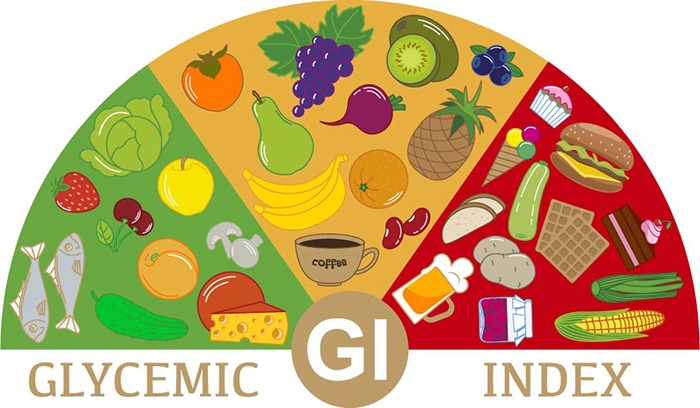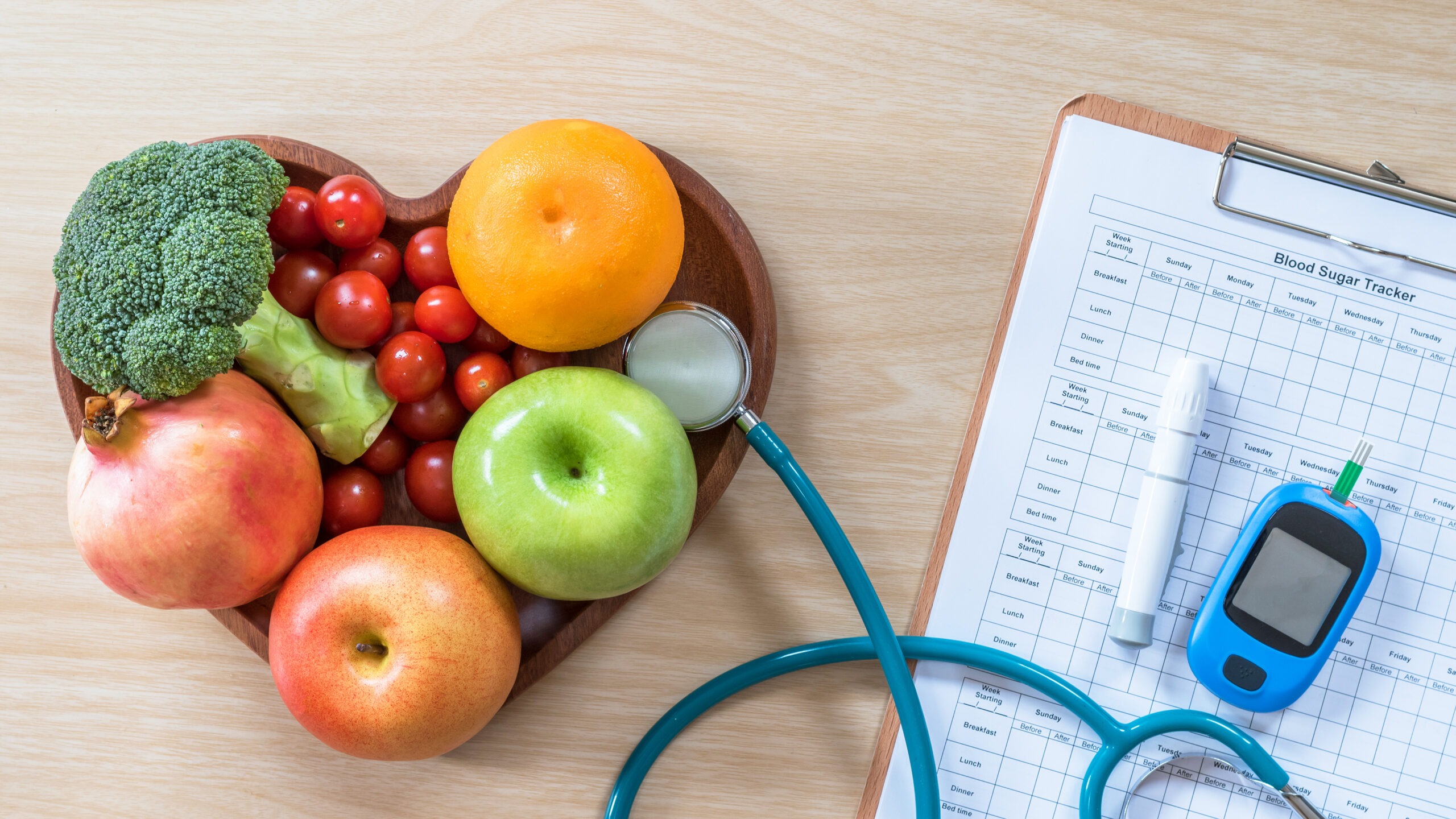General advice for those with diabetes and those looking to avoid it is to watch your carbs, especially simple carbohydrates—refined sugars, white bread, flour, etc. But even in this category, foods containing different carbs will also affect your blood-sugar levels differently.
These differences in seemingly similar foods are where glycemic index and glycemic load come into play.
Far Rockaway Center for Rehabilitation and Nursing has the details on how to understand glycemic index and glycemic load.
Understanding Glycemic Index
The glycemic index measures how quickly a certain food will cause your blood sugar to rise. This is done on a scale of 1-100, with 100 being pure sugar. Foods with a lower glycemic index will help you avoid the perils of a quick rise (and later crash) in blood-sugar levels. As a rule of thumb, foods high in fiber and healthy fats are usually on the low end of the glycemic index, while processed foods are ranked higher.
How Does Glycemic Load Factor In?
While glycemic index ranks how quickly blood sugar rises, it does not factor in what your blood sugar level will rise to. The glycemic load takes both into account, so this is a more accurate picture of whether a food is healthy for you or not if blood sugar is a concern. There are foods (like many fruits) that are high on the glycemic index due to natural sugars, but they are low in carbs, so the glycemic load is lower (meaning it’s healthier for you).
Which Should You Follow?
It’s best to talk to your doctor if you’re concerned about either, but generally, those who already have diabetes should stick to foods low in glycemic index to avoid blood-sugar spikes, while foods with low glycemic loads are better for overall health.
To learn more about Far Rockaway Center for Rehabilitation and Nursing and all of the services they offer, visit http://far-rockaway-center.facilities.centershealthcare.org.






